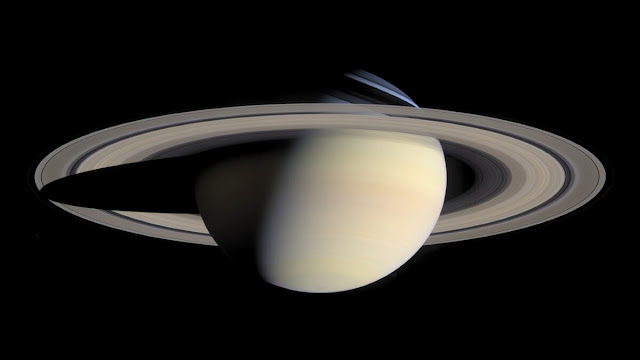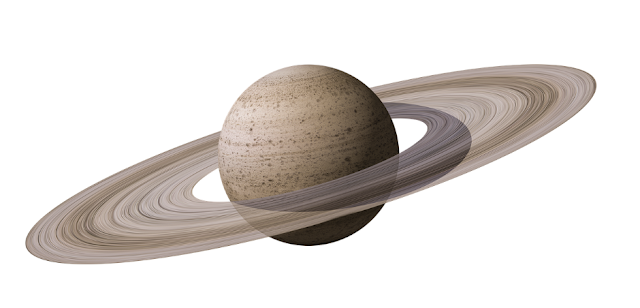Saturn is one of the most fascinating planets in our solar system. It has a stunning ring system, a complex weather pattern, and a host of intriguing moons. But just when we thought we knew everything about this gas giant, it surprised us with a new discovery: 20 more moons orbiting around it!

This finding was announced by the International Astronomical Union’s Minor Planet Center on October 7, 2019. It brings Saturn’s total number of moons to 82, surpassing Jupiter’s 79. The new moons are very small, ranging from 3 to 4 kilometers in diameter. They were detected by a team of astronomers led by Scott Sheppard from the Carnegie Institution for Science using the Subaru telescope in Hawaii.
How did they find them?
The new moons are very faint and far away from Saturn, so they are difficult to spot with conventional telescopes. The Subaru telescope, however, has a wide-field camera that can capture a large area of the sky at once. This allows it to scan for faint objects that move relative to the background stars.
The team used the Subaru telescope to observe Saturn for several nights in 2018 and 2019. They then analyzed the images and identified the new moons by their motion. They also confirmed their orbits using other telescopes in Chile and Arizona.
What are they like?
The new moons are divided into three groups based on their orbits. Two of them orbit close to Saturn in the same direction as the planet’s rotation. They belong to a group of inner moons called the Inuit group, named after Inuit mythology.

Seventeen of them orbit far away from Saturn in the opposite direction of the planet’s rotation. They belong to a group of outer moons called the Norse group, named after Norse mythology. These moons are likely remnants of larger objects that were shattered by collisions.
One of them has a very peculiar orbit. It orbits far away from Saturn at an angle of 36 degrees from the plane of the planet’s equator. It belongs to a group of outer moons called the Gallic group, named after Gallic mythology. This moon is also likely a fragment of a larger object that was broken up by an impact.
Why are they important?
The new moons are not only exciting additions to Saturn’s family, but also valuable clues to its history and evolution. By studying their orbits and compositions, astronomers can learn more about how Saturn and its moons formed and interacted over time.
For example, the fact that some of the new moons have retrograde orbits (opposite to Saturn’s rotation) suggests that they were captured by Saturn’s gravity from the outer solar system. This implies that Saturn was once surrounded by a disk of material that extended far beyond its current rings.
The fact that some of the new moons have inclined orbits (tilted from Saturn’s equator) suggests that they were perturbed by other planets or moons in the past. This implies that Saturn’s system was once more chaotic and dynamic than it is today.
The fact that some of the new moons have similar orbits and colors suggests that they originated from larger parent bodies that were smashed by collisions. This implies that Saturn’s system experienced violent events that reshaped its landscape.
What’s next?
The discovery of the new moons is not the end of the story. There are still many questions to be answered and mysteries to be solved. For instance, how did these moons form? What are they made of? How do they interact with each other and with Saturn’s rings? Are there more moons waiting to be found?
To answer these questions, astronomers will need more observations and data from future missions. One such mission is NASA’s Dragonfly, which will send a drone-like spacecraft to explore Titan, one of Saturn’s largest and most intriguing moons. Dragonfly is expected to launch in 2026 and arrive at Titan in 2034.
Another possible mission is ESA’s Cassini-Huygens Extended Extended Mission (CHEEM), which would extend the legacy of the Cassini-Huygens mission that ended in 2017. CHEEM would send a new orbiter and lander to study Saturn and its moons in more detail. CHEEM is still in the concept phase and has not been approved yet.
In conclusion, Saturn just shocked everyone by revealing a ton of new moons. These moons are not only fascinating objects in their own right, but also windows into Saturn’s past and present. They show us that Saturn is a dynamic and complex world that still has many secrets to unveil.
Reference(s): The University of British Columbia








